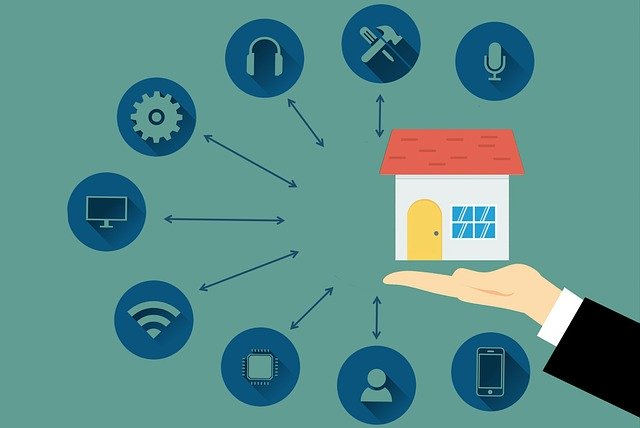
6 Things to Know About Using Sustainable Smart Technology

Having smart technology in your home not only makes your life easier but also helps you save time and protect the environment. While the connection between smart gadgets and global warming might not be so clear to the wider audience, this article will show how you can use smart home technology to control energy and water use, increase security, and automate various processes, all at a diminished environmental expense. The best part is these technological upgrades are simplified for the user.

1. Temperature Control
Smart thermostats allow you to decrease your home’s carbon footprint in more than one way. Primarily, they let you control the temperature in the house remotely, using a smartphone or laptop. If you go on a holiday and remember you forgot to crank down the thermostat as you were in a hurry, you can access it through your phone and not only decrease the heating but also set it to fire up ahead of your arrival. In addition, you can program these thermostats to turn down the heat or air conditioning while you’re at work. Smart temperature controllers can even learn and memorize your temperature preferences, making for even simpler yet more efficient energy saving.

2. Power-Saving Lighting
Smart lighting fixtures and bulbs provide you with greater control of lighting in your house, making it eco-friendlier in the process. As with smart thermostats, smart technology allows you to manipulate indoor and outdoor lighting remotely, via an Internet of Things (IoT) or through a control panel inside your house. So instead of having path lights and porch pendants on all the time, you can set them to light up when you come home or to follow the sunset-sunrise patterns to save energy and increase security at the same time. Implementing smart lighting doesn’t require you to install special electrical or data links. Smart bulbs like Philips Hue have all the smart tech you need inside and come with a dedicated app that allows you to dim them, put them on a timer or choose between 16 million colors.

3. Smart Security
The latest remote-controlled security cameras come with HD resolution, night vision modes, wireless installation, and energy-efficient design so each camera can be set to start recording when their sensors detect a movement. Latest models of home security systems, for example, even come with a color night vision, a built-in spotlight, siren, as well as two-way audio, which you can use to identify and startle an intruder, as well as warn them to leave your property. Still, when your property is at stake, you shouldn’t rely on deterrence alone. A tailor-made homeowners’ insurance policy, renters’ insurance policy or contents insurance package protects your house with coverage for theft, burglary, and damage resulting from civil unrest, even when smart tech fails.

4. Window Treatments
Apart from manipulating the temperature in your home directly through a smart thermo-controller, you can use smart technology in a more environmentally-friendly way, by using almost no energy at all. Smart window treatment systems allow you to keep your house cool during the summer and make it warmer in the winter. Automated timers or sensors reduce the load on your HVAC unit, for example, by closing the window blinds or shades during the warmest part of the day. In winter months, it can aid your heating by letting sun in naturally during the day, and shutting the blinds again as the sun sets to keep the heat inside.

5. Smart Water Saving
According to the United States Geological Survey census, if all households in the country installed water-saving features, water use would decrease by 30%, freeing up 5.4 billion gallons per day. On the outside, over-watered lawns and gardens account for about one-third of residential water use. By using a smart irrigation system, every household can have automated watering based on weather conditions or season change. You don’t need a bathroom renovation to enjoy the benefits of smart water use. Smart showerheads now come with dispersers as these use much less water while still feeling great on your skin. Some of them even include LED lights capable of changing the spray color from blue to red as your set water consumption changes.

6. Power Vampire Slayer
Vampiric or “phantom” electricity is becoming a widespread problem. According to the EnergyStar website, more than $10 billion in energy cost is wasted each year in the U.S. by plugged devices that keep running in standby mode. Even kitchen appliances like mixers and curling irons now use electronic circuits that stay powered even if the appliance is not in use. While you shouldn’t unplug your fridge, for the other appliances, especially those difficult to unplug, you should use a smart power strip, that allows you to kill a power vampire from afar using your smartphone. The accompanying app even records power consumption patterns of each device so you can tell which ones draw the most power.
Energy- and water-efficient homes aren’t only more sustainable, but the greener lifestyle of their occupants goes hand in hand with cash savings, comfort, and health. These days, smart technology plays a big part in home sustainability, with many concepts impossible just a decade ago.



SentriForce
And as for smart security, there are now options that can detect the license plate. It can make it easier to find intruders. And it’s also a good thing if you live in areas with high traffic.